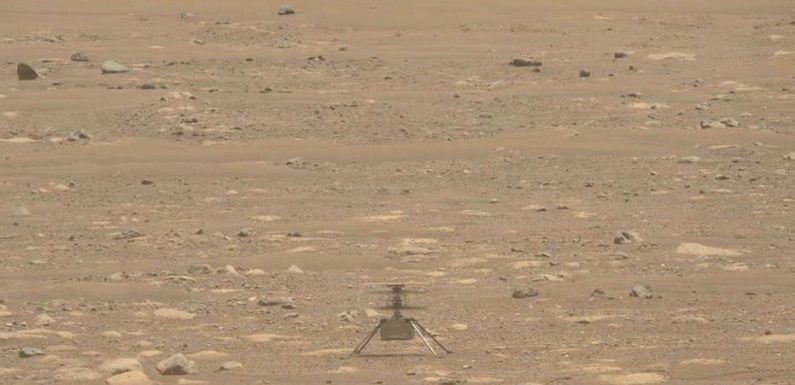
NASA releases audio of Mars helicopter in flight
Goddard Space Center Chief Scientist Jim Garvin provides insight on ‘Fox New Live.’
NASA’s Perseverance Mars rover is using its robotic arm to search for signs of ancient microbial life.
The rover, which landed in Jezero Crater in February, had been functioning largely as a communications base between the autonomous Ingenuity Mars helicopter and the agency’s Jet Propulsion Laboratory (JPL) over the last couple of weeks, helping to document the rotorcraft’s historic flights.
However, NASA scientists have continued to work in an effort to better understand the red planet’s environmental history, aiming to create a timeline surrounding when the crater’s lake formed and dried billions of years ago.
In order to do so, the arm’s WATSON (Wide Angle Topographic Sensor for Operations and Engineering) camera has captured detailed shots of Martian rocks and the Mastcam-Z cameras have reportedly also studied the rocky terrain.
NASA’s Perseverance rover viewed these rocks with its Mastcam-Z imager on April 27, 2021.
(NASA/JPL-Caltech/ASU/MSSS)
In March, NASA released audio recordings in which the SuperCam instrument’s laser can be heard impacting or “zapping” rock targets to detect their chemistry.
As the scientists examine more rocks and sediment, Perseverance will collect and cache samples for further study.
The best samples collected will be stored in special tubes and deposited on Mars before they can return to Earth during subsequent NASA and ESA (European Space Agency) missions.
Source: Read Full Article

